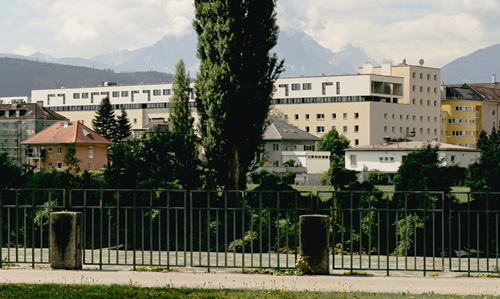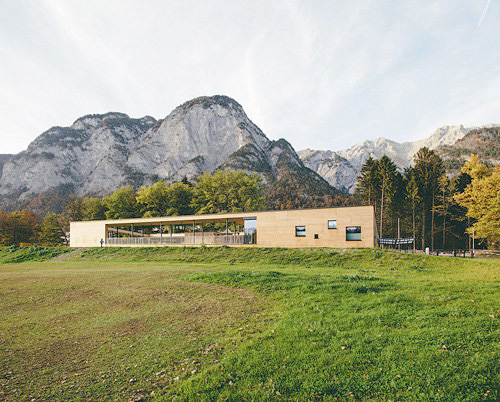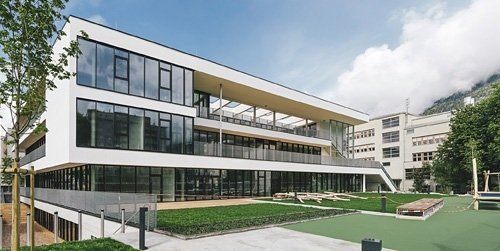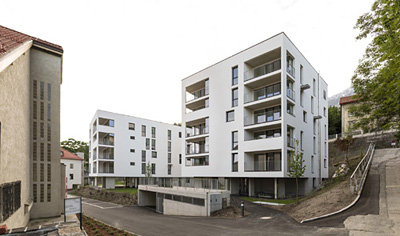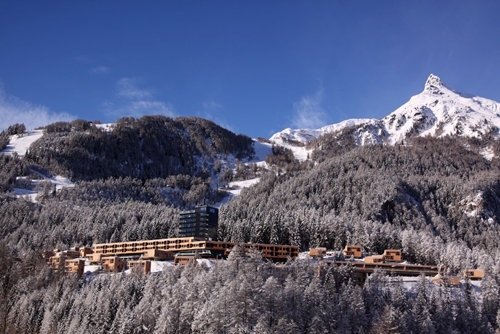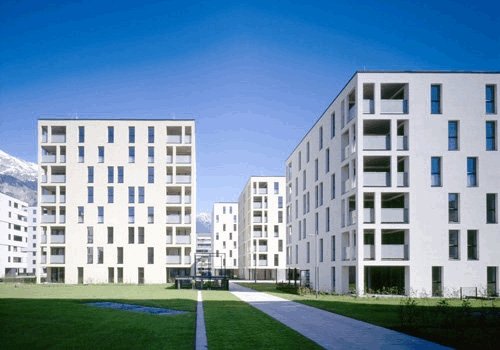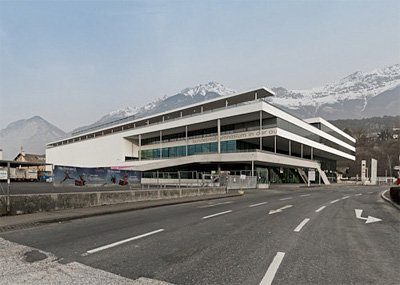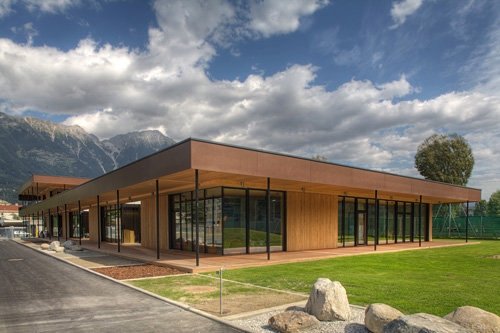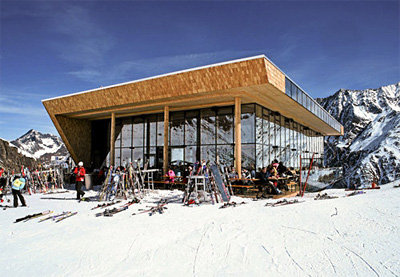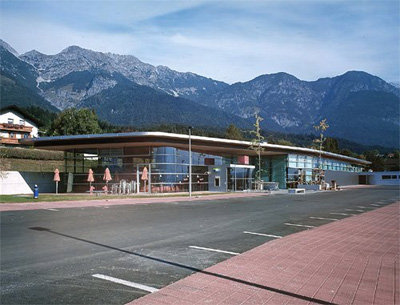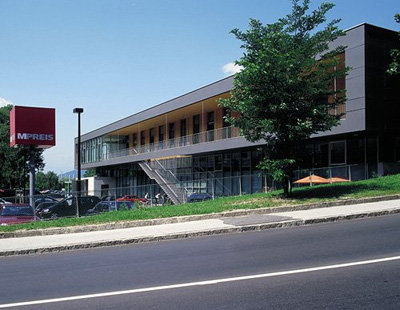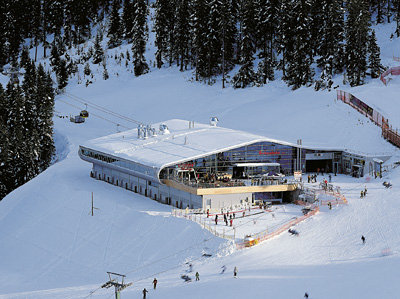Attic Addition and Renovation of the Saggen Residential Complex
Architecture: reitter_architekten (2016-2018) Builder-owner: Neue Heimat Tirol Among other awards, the attic addition and renovation was nominated for the State Prize for Architecture and Sustainability in 2019.
A 92-unit residential complex from the 1950s was extensively renovated and extended by 32 apartments through a two-story addition. As a slim, clear, longitudinal structure, this is distinctly set apart from the existing building by a circumferential strip of windows on the street side. At the same time, the existing balconies were renewed and enlarged, and the apartments connected to the elevators in the courtyard area.


